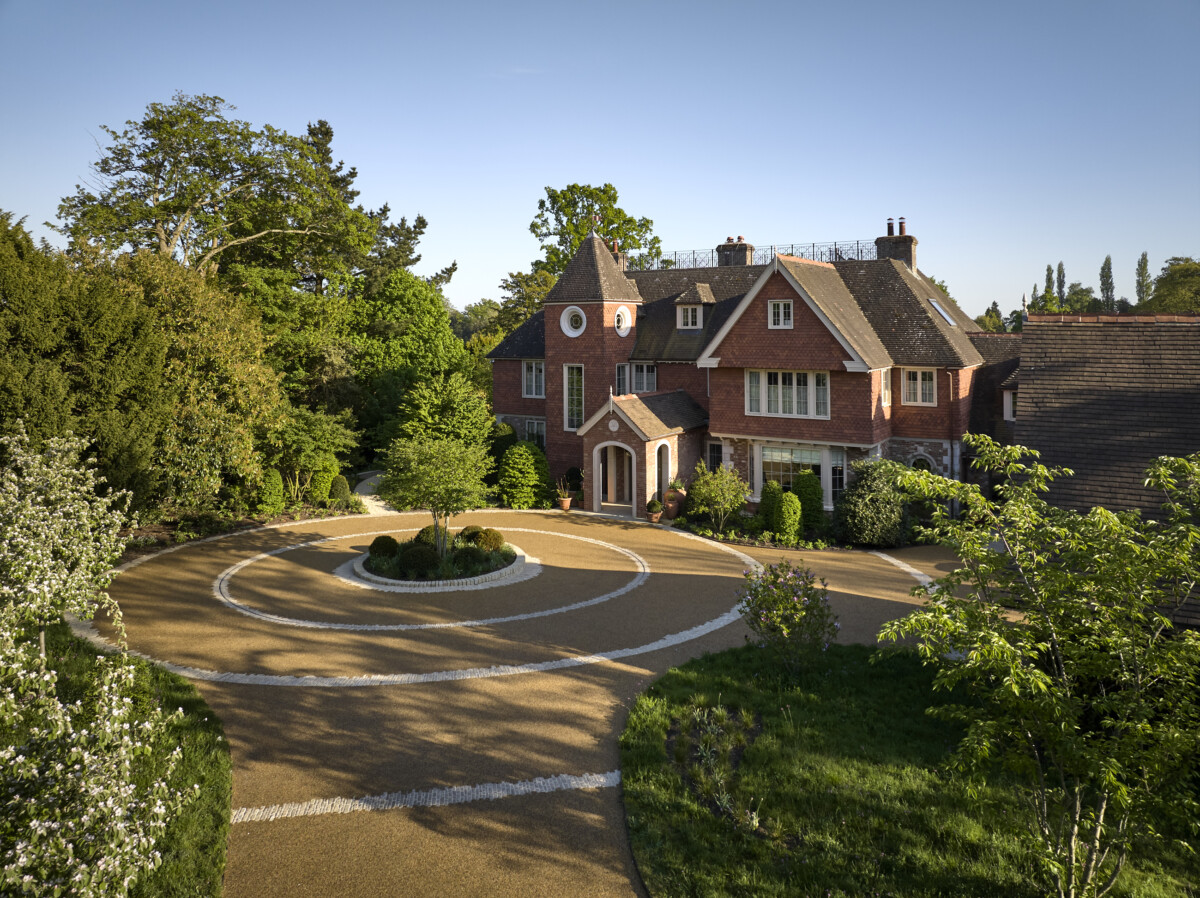EcoBunker enhances links feel at Golf Valley: Built between 2007-8 by architect David Krause, Golf Valley is a major development, around 35km south of Munich.
Created by developer Michael Weichselgartner with the aim of hosting major tournaments and the Ryder Cup, Golf Valley was built in a links-style, with over 3,000 sq m (32,000 sq ft) of bunker sand area and, according to Andy Matzner, the club’s first course manager, who now works there in a consulting capacity, has always struggled with the impact of rain on its bunker faces.

EcoBunker enhances links feel at Golf Valley
“With such a massive area of sand, it was always a huge workload every time there was serious rain,” says Matzner. “In Bavaria, in the early summer, there are regular lightning storms, and every time there was a rain event, the whole greenkeeping crew would be occupied pushing sand back up the faces. And then the next day, it would happen again! I had real difficulty motivating my staff to keep shifting sand, and obviously the impact on our maintenance costs was huge.”
Matzner, by then consulting at Golf Valley, met Richard Allen, founder of synthetic bunker edging solution provider EcoBunker, in 2017. “By that time, I had realised that the bad weather, and the consequent washouts, were just something we had to deal with,” he says. “Golf Valley has no trees, and the course is quite links-like in look and feel, and it occurred to me that revetted walls, sensitively installed, would fit in nicely, and would give the place a more authentic links character. Richard visited and assessed the bunkers, and agreed with me that revetting would improve both their appearance and their performance, so we commissioned EcoBunker to install its product on an initial 200 sq m of bunkerfaces.”
That project, in spring 2018, was handled by EcoBunker construction manager Llewelyn Matthews. Covering thirteen bunkers, Matzner and the Golf Valley team were impressed by the results. “A revetted wall in sunlight and shadow looks very impressive,” he says. “But the most important thing was the prevention of washouts. A flat sandy bunker never washes out. It may fill up but so long as the drain operates effectively, the bunker will always work.”
In late 2019, Golf Valley was hit by a huge rain event. Almost every bunker, apart from the ones that had been rebuilt by EcoBunker, was virtually destroyed. The EcoBunkers survived the storm completely intact. At this point, owner Weichselgartner decided that as many as possible of the course’s bunkers should be rebuilt using the EcoBunker solution. The EcoBunker team came back on site in October 2020 to build the next set of bunkers. That project was substantially completed in December, and Matzner says the results are impressive. “The course looks much more like a real links now, and the bunkers perform far better,” he explains. “And that is all down to EcoBunker.”
For the latest industry news visit turfmatters.co.uk/news
Get all of the big headlines, pictures, opinions and videos on stories that matter to you.
Follow us on Twitter and Instagram for fun, fresh and engaging content.
You can also find us on Facebook for more of your must-see news, features, videos and pictures from Turf Matters.


























